Bentonite litters for cat litter: pros, cons and choices
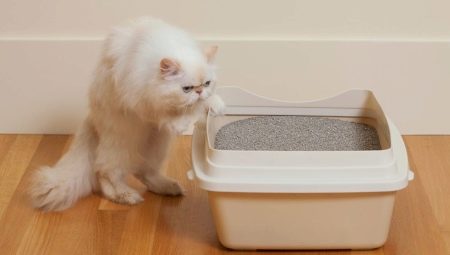
When a kitten appeared in the house, the issue with the filler is resolved on the very first day. As soon as the new family member arrives at the apartment, the pellet tray should be ready. True, sometimes the crumb refuses to go to the pot, and the reason for this may be inappropriate filler. Try using bentonite to help your little one get used to the litter box faster.
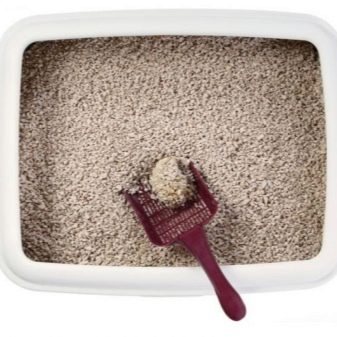
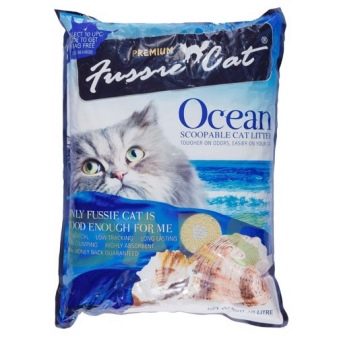
Composition and properties
Bentonite filler is clay, 70% consisting of a layered highly dispersed mineral montmorillonite. The composition includes a natural additive E 558 from the group of emulsifiers. When liquid gets on the granules, they clump and turn into a gel-like slurry with thixotropic properties.
The resulting lump is easily removed with a spatula, and the remaining granules, not touched by moisture, remain in the container, which makes such a filler very economical.
The structure of the product is grains similar to gravel. Stores offer both odorless and flavored fillings, such as lavender or forest strawberry.
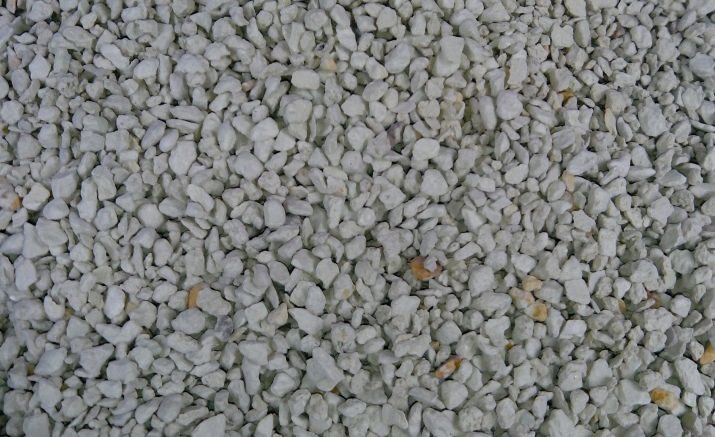
Advantages and disadvantages
Advantages of bentonite filler:
- bentonite is a natural element that effectively absorbs water and odor;
- the cost of the filler is quite democratic for any social class;
- granules curled up from moisture into a lump are very easy to remove;
- solid waste buried by a cat does not emit unpleasant odors for a long time;
- the natural origin of the clay-based filler does not adversely affect the pet's skin and coat.

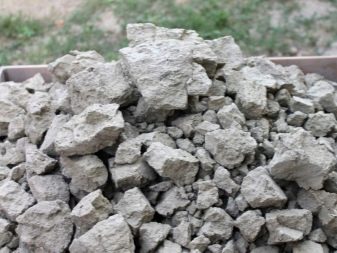
Before purchasing bentonite granules at a pet store, you should familiarize yourself with some of the product's drawbacks.
- Bentonite cannot be disposed of through the toilet. As mentioned, it hardens on contact with water and turns into cement, which can clog sewer pipes. Only lumps formed from a single visit of the animal to the toilet are allowed to flush into the toilet.
- Many curious kittens do not mind tasting the crumbly stones, and this can be dangerous for their fragile intestines.
- This filler is inconvenient if the tray is in the bathroom or toilet. Substance adhering to ceramic tiles, which a kitten can spread on its paws, is difficult to remove.
- Despite the ability to absorb odor well, when a kitten visits the litter many times, an unpleasant odor will still spread throughout the apartment. Therefore, the lumps collected from liquid waste should be removed after each cat's trip to the toilet, and not wait until the entire contents of the container turn into cement.
- If you do not change the clumping litter for a long time and do not clean up after the kitten, then cleaning the pot will be quite problematic.
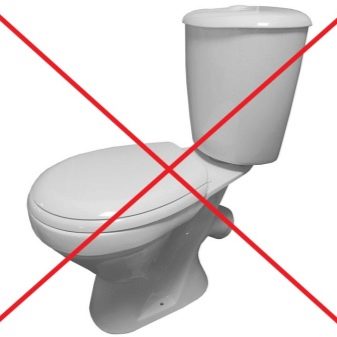

How to choose?
Before you buy cat bentonite litter, use a few tips for choosing products.
- Choose bentonite with a finer grain size. This will make the pot more efficient. At the same time, very small grains stick to the kitten's paws more easily and are carried throughout the apartment.
- Stores offer odorless or scented products - for example, seafood, powdery, lavender, peanut products. Flavored litter absorbs odor better, but not all cats like it.
- Examine the composition of the product. Check if it contains allergens.
- Do not be afraid to take options that include woody inclusions. They absorb the smell better, but need more frequent cleaning.
- Most of all, cat owners value bentonite litter from Biokat`s, Fussie Cat, Pi-Pi-Bent Classic, Sea Sea Cat, Clean Paws, PrettyCat.

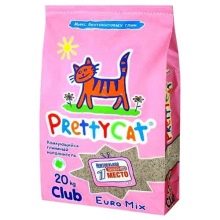

What if the kitten eats bentonite?
Quite often, a situation arises when a kitten begins to eat bentonite granules. Avoid these actions, grains can provoke a blockage in the intestines. Seeing that the kitten has become lethargic, sleepy, his appetite has disappeared and other signs of poisoning have appeared, immediately take the pet to the veterinarian and be sure to take a handful of litter and its packaging with you to show the specialist what caused this kitten's condition.
To avoid such a situation in the future, try to train the kitten to go to the toilet on the bars. That is, pour bentonite on the bottom, and put a grate on top. Thus, dangerous stones will be hidden from the feline baby. In addition, this method will save the apartment from the spread of grains, because now the kitten will not touch the filler with its paws.
The only drawback is that solid waste will not be buried, but a responsible owner always cleans the litter box from feces on time.
The reason for this behavior of the kitten can be his and improper feeding. The pet's diet should be balanced and supplemented with vitamins. It is best to seek the advice of a veterinarian. Let the specialist recommend how to properly feed a particular animal, depending on its age, body size, breed, health status. If the kitten does not experience a deficiency of some substances in its body, then, most likely, bentonite granules will not interest him.

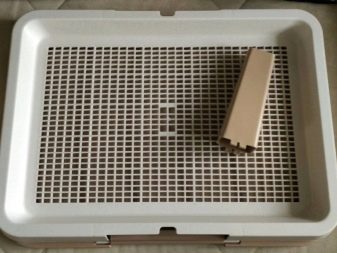
For an overview of the Mafin clumping bentonite cat litter box, see below.
































